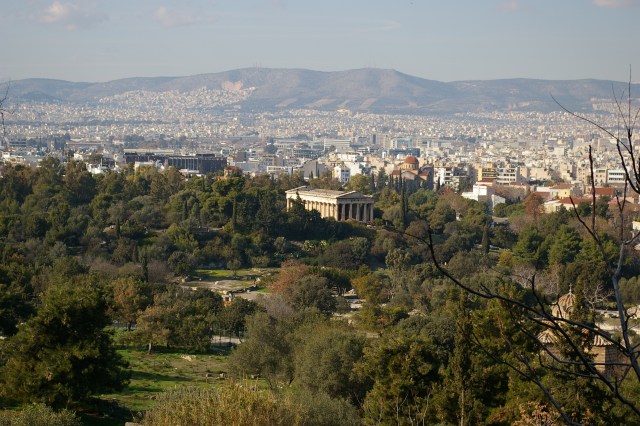
Throughout time, people have written down their history through the use of symbols and artwork. The saying that a picture is worth a thousand words was probably even more true in the days before actual photographs when paintings on the walls of caves represented the lives of the people who lived in them. In today’s world with the internet, emoticons, and the overload of information, we tend to miss the forest for the trees and see life in moments and not as an eternal flow of events. Unfortunately, not enough people take the time to understand the roots of culture, the impact of events in the grand scheme of life, or to even comprehend how we’re all linked together in one way or another.




The art of telling a historical story has become an exaggerated, thrill-ride, instead of an understanding of what the past means to all of us as we venture forth into the future. All of us who travel with any kind of frequency understand that the world is interconnected in ways that doesn’t expose itself until major events occur. We will continue to look for the patterns of the world and enjoy those visual stories from the past in the places that we visit. This week’s Daily Post Photo Challenge is Collage and we chose to share some photos of that capture the stories of different cultures.




























